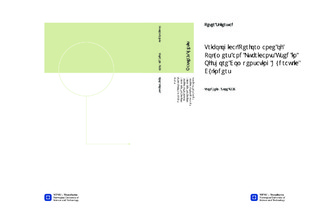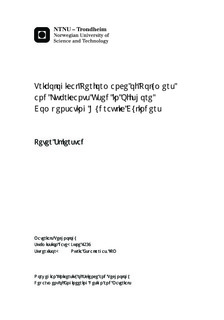| dc.description.abstract | The direct-acting (N-line) riser tensioning system is a commonly selected option for riser tensioning on offshore deepwater drilling vessels. As the system operates in the splash zone, it is exposed to a corrosive environment in combination with high wear as well as high static and cyclic mechanical loading. The combination of these factors creates a multi-degradation system, which drastically decreases the system s lifetime. The purpose of this project is to gather further tribological data for a selected range of polymeric sealing materials and hydraulic lubricants used in the N-line riser tensioning system. Through tribological friction tests and extensive post surface investigation this thesis aims to give National Oilwell Varco (NOV) valuable material data that will help them improve the material selection for the N-line riser tensioning system. The tested sealants consist of one PTFE polymer named M04 and two UHMWPE polymers called Z80 and LubX C. The friction and wear rate of these polymers will be investigated using four different water glycol based lubricants, labeled fluid A, fluid C, fluid H and fluid X. These lubricants are expected vary in performance, as they rely on different additives to help reduce system friction and wear rate. During previous friction tests, the lubricants experienced an increase in viscosity. The mechanism behind this is not yet fully understood, so post lubricant analysis will be conducted in order to find the driving force behind the fluid viscosity change.The tribological friction tests carried out in this report will use a pure SDSS material from Sandvik materials called SAF2507 as the counter sliding material for the polymers. Solid piston rods of this steel have been tested in operation by NOV, and shown to be a promising material for commercial use.The tests conducted in this report lead to the following conclusions: Based on wear rate to both the polymer and steel surface, LubX C is the best performing polymer, followed by Z80 at second place. M04 shows a high amount of wear to both the polymer pin and the steel surface and is not deemed fit for use in the N-line riser tensioning system.Fluid H and fluid X have the overall best performance, and since the conducted inspection techniques cannot find any difference in performance, they have been found equally good. The second best performing lubricant is fluid A, and fluid C is the least effective lubricant tested. The increased viscosity in all fluids is mainly caused by a drop in water content due to the testing temperature of 40 ºC and the low amount of lubricant used during TE88 testing. | nb_NO |

